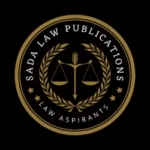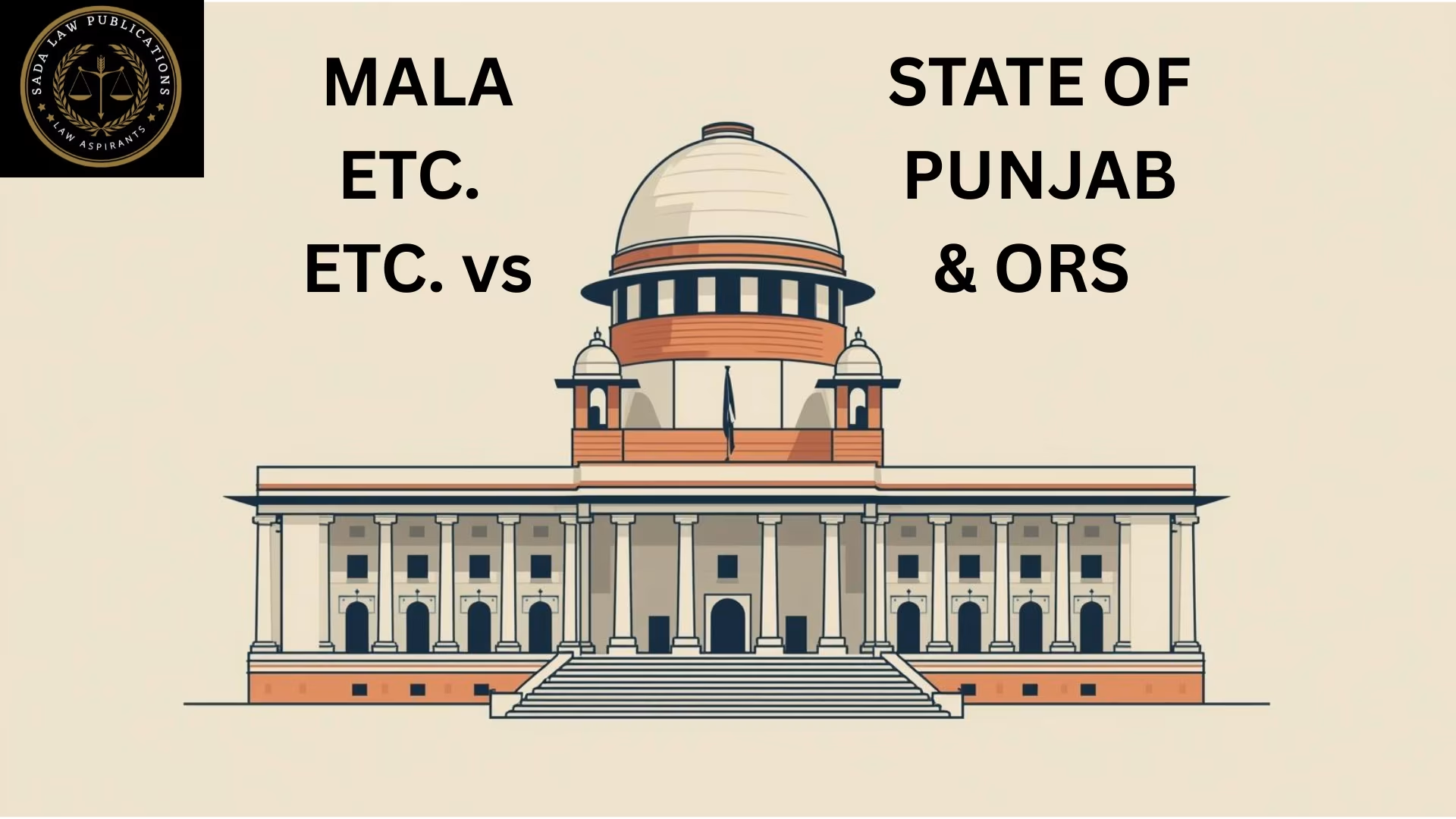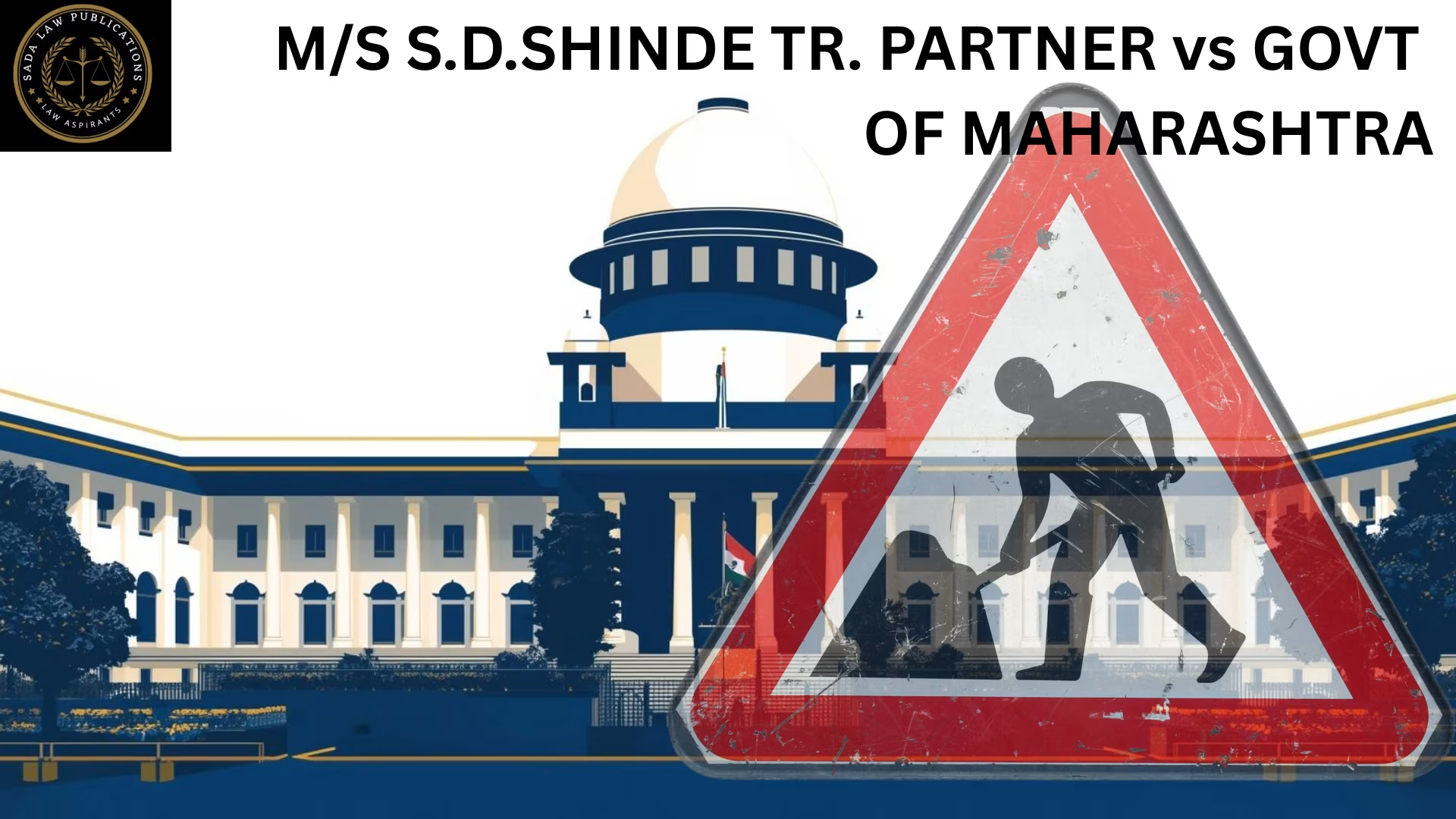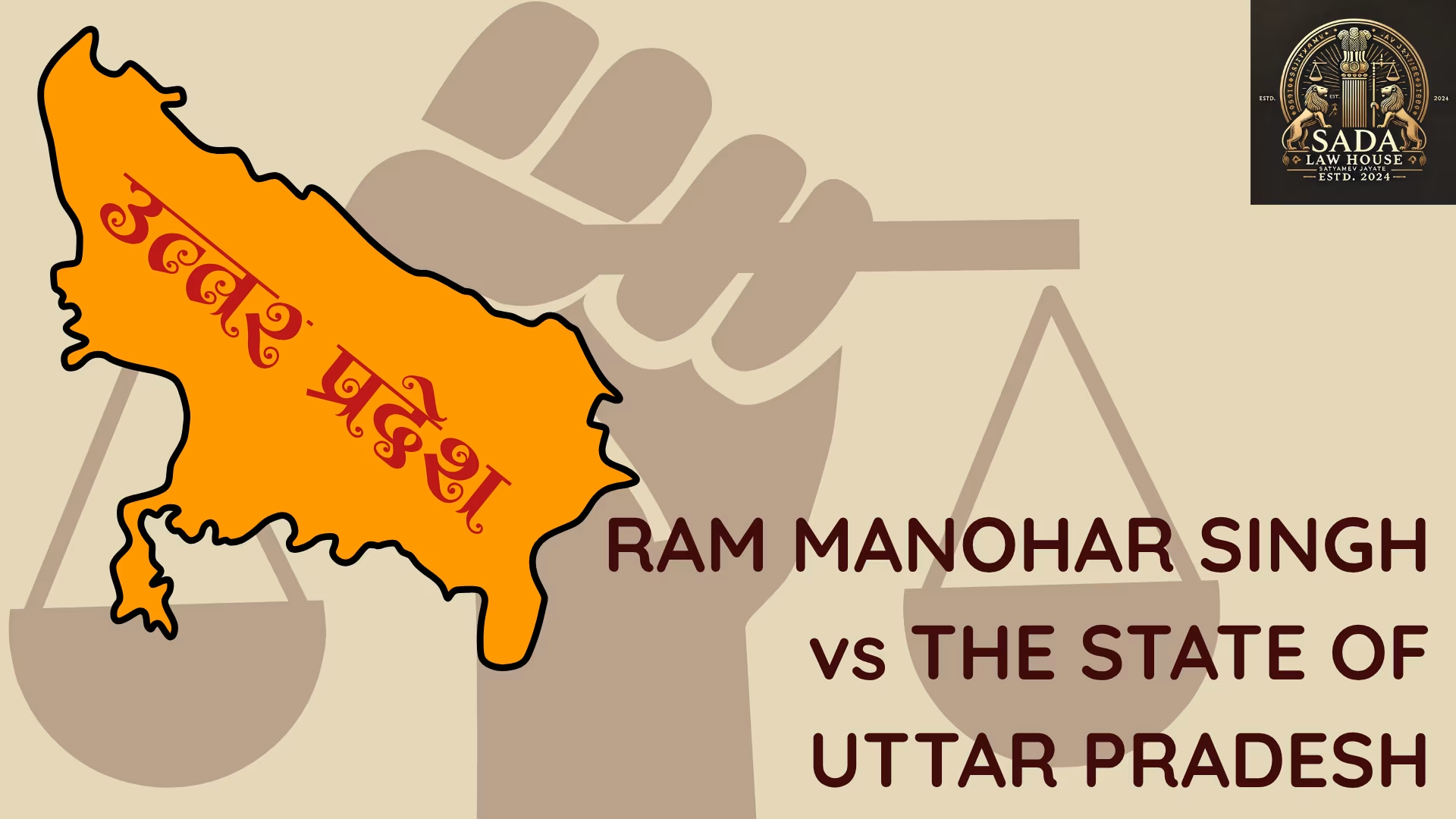Supreme Court Judgment on SBI vs Rajesh Agarwal: Borrowers’ Right to Hearing Under SARFAESI Act and RBI Fraud Classification Guidelines
- NISHA KUMARI
- 19 June 2025
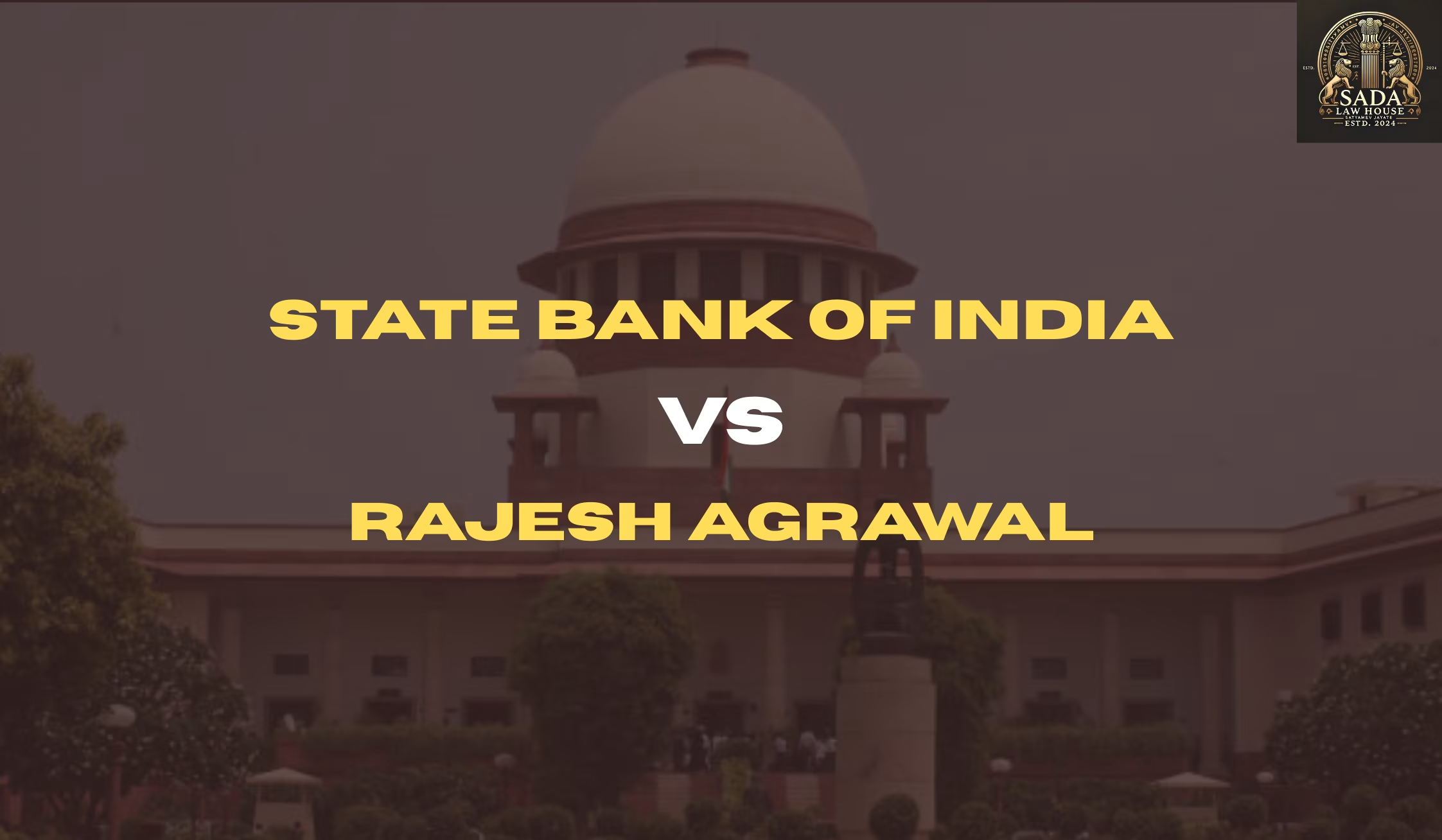
Discover the landmark Supreme Court of India ruling in the SBI vs Rajesh Agarwal case, clarifying borrowers’ rights under the SARFAESI Act and RBI fraud classification guidelines. Learn about the principles of natural justice, hearing rights, and implications for banks and borrowers.
Introduction: Overview of SBI vs Rajesh Agarwal Case
On 27 March 2023, the Supreme Court of India delivered a crucial judgment in the case of State Bank of India (SBI) vs Rajesh Agarwal, addressing whether proceedings under the Securitisation and Reconstruction of Financial Assets and Enforcement of Security Interest Act, 2002 (SARFAESI Act) initiated by SBI for loan recovery can be challenged by a guarantor. The Court also clarified the right of borrowers to a hearing before being classified as fraudulent under the RBI’s Master Directions on Frauds (2016).
Facts of the Case
Rajesh Agarwal, Chairman and Managing Director of BS Limited, a power transmission company, challenged the classification of his company’s loan account as fraudulent by a consortium of banks led by SBI. Due to financial difficulties, BS Limited defaulted on loan repayments, and the account was marked as a Non-Performing Asset (NPA) and subsequently labeled fraudulent based on a forensic audit under RBI guidelines.
Agarwal contended that his company was not given an opportunity to be heard before the fraud classification, violating principles of natural justice.
Key Issues Addressed
Can a guarantor challenge bank actions under the SARFAESI Act?
Does a guarantor have the right to a hearing before secured assets are taken possession of?
What is the scope of judicial review under Section 17 of the SARFAESI Act?
Telangana High Court Ruling and Supreme Court Verdict
The Telangana High Court initially ruled that borrowers must be granted a personal hearing and be provided with the forensic audit report before their account is labeled fraudulent. However, this was stayed by the Supreme Court, leading to some confusion among lenders.
In its final verdict, the Supreme Court upheld the importance of natural justice principles, emphasizing that borrowers must have the right to be heard even if RBI’s Master Directions do not explicitly mandate a hearing before fraud classification.
Highlights of the Supreme Court Judgment:
Right to Hearing: Borrowers must be given a fair opportunity to respond before their loan accounts are classified as fraudulent.
Natural Justice: The principle of audi alteram partem (right to be heard) is essential, preventing arbitrary classification by banks.
Legal Precedents: The Court referred to landmark cases such as Union of India v. Col. J.N. Sinha and State of Orissa v. Binapani Dei affirming the application of natural justice to administrative actions.
Serious Consequences: Labeling an account as fraudulent damages credit reputation, affects the borrower’s CIBIL score, and restricts future credit access.
Constitutional Rights: The Court recognized that such classification affects borrowers’ fundamental rights under Article 19(1)(g) of the Constitution of India.
Implications for Banks and Borrowers
This ruling is a game-changer for the Indian banking sector, balancing lenders’ need to address defaults and protecting borrowers from unfair labeling. Banks can no longer unilaterally classify accounts as fraudulent without providing the borrower a chance to contest.
However, this may also lead to delays in fraud identification and recovery processes as borrowers now have the right to demand hearings.
Conclusion: Strengthening Borrowers’ Rights Under SARFAESI Act
The Supreme Court’s verdict in SBI vs Rajesh Agarwal reinforces that borrowers must be given due process and a chance to be heard before facing fraud classification under RBI guidelines and the SARFAESI Act. This judgment safeguards borrower rights, ensures fair banking practices, and calls for transparent fraud risk management.
Case Laws



